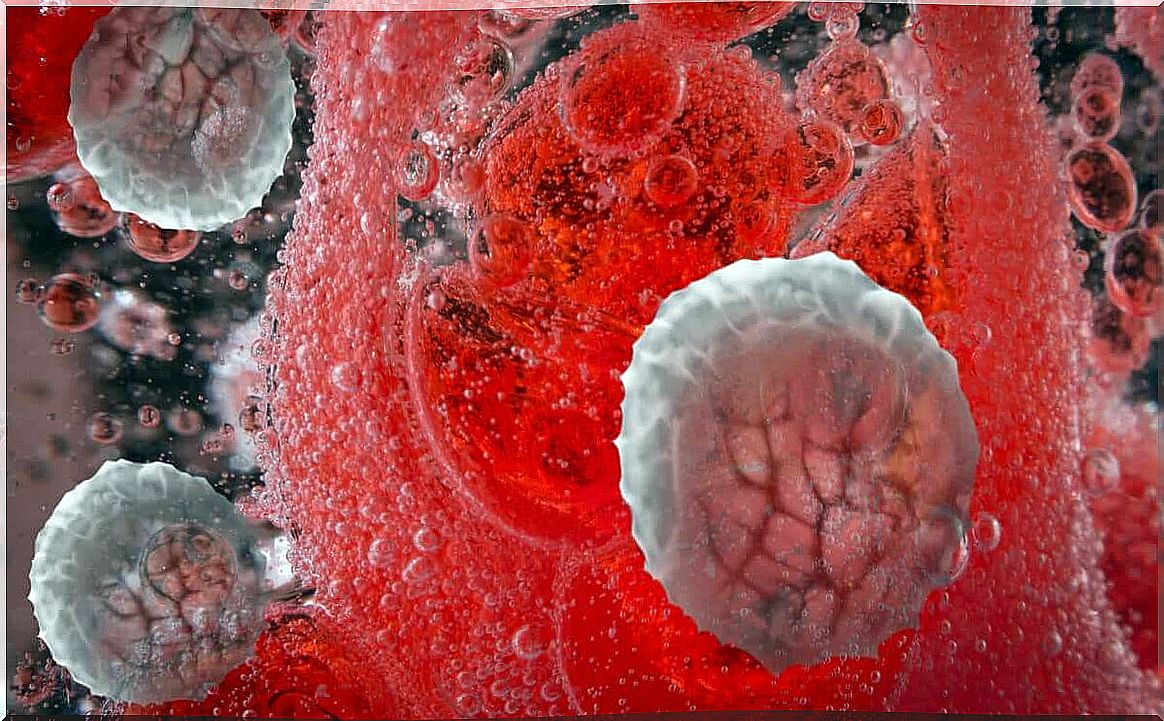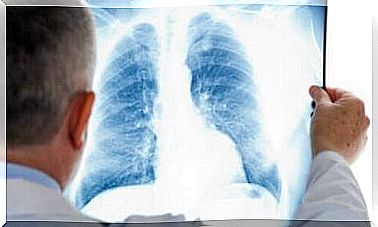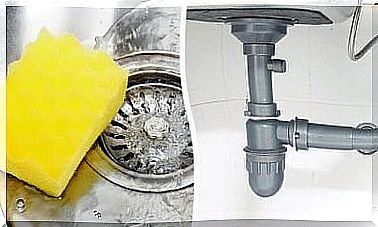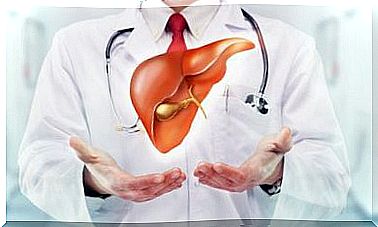Prolactin: What Is It And How Does It Work?
Prolactin levels vary throughout life. During childhood, the rate is high, then it decreases gradually until adulthood.

Prolactin is a hormone composed of several peptides which is mainly synthesized by the cells of the anterior pituitary gland.
As the study of the physiology and biochemistry of this hormone advances, it has been discovered that it performs more than 300 functions in different tissues and organs of the body.
The production of milk in the mammary glands and the synthesis of progesterone in the corpus luteum are the main functions of this hormone.
Breastfeeding promotes a better quality of the synthesis of this hormone. It is regulated by a positive feedback.
This hormone varies easily depending on different factors that increase or decrease stress.
The functions of prolactin in the body
Given the wide distribution of receptors for this hormone in the body of mammals, it is not surprising that this hormone has many actions in the body. Let’s see which ones are the most studied.
The reproduction
Prolactin plays an important role in both morphological and functional development of the mammary gland, as well as in the secretory activity of the corpus luteum. This hormone therefore affects reproductive functions.
Thanks to this hormone, the lobuloalveolar structures of the mammary gland can branch, grow and develop during pregnancy.
In addition, at the time of synthesizing milk, this hormone fulfills several functions. Prolactin:
- stimulates amino acid uptake
- increases the synthesis of casein and lactalbumin
- stimulates glucose uptake
- increases the synthesis of lactose and fatty acids in milk

Homeostasis
In addition to regulating reproductive functions, prolactin also controls a set of self-regulatory functions that lead to the maintenance of the composition and properties of the internal environment of the organism.
Among these functions, the immunoregulatory actions of prolactin stand out ; these actions are directly or indirectly involved in the development and maturation of thymus cells and peripheral lymphoid organs.
Prolactin also regulates homeostasis by controlling the transport of sodium, calcium and chloride ions across the epithelial membranes of the intestine; it also regulates the uptake of amino acids by the epithelial cells of the mammary glands as well as that of other ions and water in the kidney.
In the sweat glands and lacrimal glands, prolactin modulates their ionic composition.
Regulation of prolactin secretion
There are many physiological stimuli that regulate prolactin secretion:
- breastfeeding while breastfeeding
- the stress
- increased ovarian steroids, especially estrogen
- other stimuli
The hypothalamus collects all these stimuli and then begins to synthesize prolactin-releasing factors and inhibitory factors. In this way, the hypothalamus exerts a predominantly inhibitory effect on the synthesis and secretion of prolactin.
The synthesis and secretion of this hormone is influenced by many other factors released by other cells of the anterior pituitary as well as other cells of the pituitary gland.
Furthermore, dopamine is the greatest inhibitor of the synthesis and secretion of prolactin. This neurotransmitter, after interaction with dopaminergic D1 receptors at the level of the membrane of lactrotopic cells, exerts its inhibitory function.
Other substances also modulate the secretion of prolactin:
- Histamine: this substance acts via the H1 and H2 receptors. Activation of the former has a stimulatory effect on the secretion of prolactin. Conversely, the activation of H2 inhibits the secretion of prolactin
- Acetylcholine: the activation of this substance promotes the secretion of dopamine and the consequent inhibition of the secretion of prolactin
- Thyroid stimulating hormone: in addition to its function on the thyroid gland, this hormone stimulates the secretion of prolactin by lactrotopic cells of the pituitary gland

Pituitary prolactin secretion patterns
The level of prolactin varies throughout life. During childhood, this rate is high, then it decreases gradually until adulthood.
In old age, the rate rises again due to the weakening of the inhibitory control of the hypothalamus.
In addition, plasma prolactin concentrations also vary throughout the day. They are more important during the sleep phase than during the waking phase.
In short …
Prolactin is a natural hormone in the body which is involved in many biochemical processes. However, its main functions are related to reproduction and homeostasis.
It is important to control the level of this hormone: an increase or a decrease of this hormone can cause the appearance of different symptoms. Consult a doctor or pharmacist if you have any doubts.









